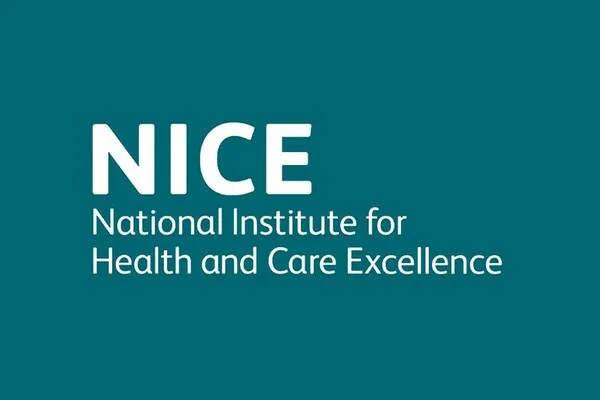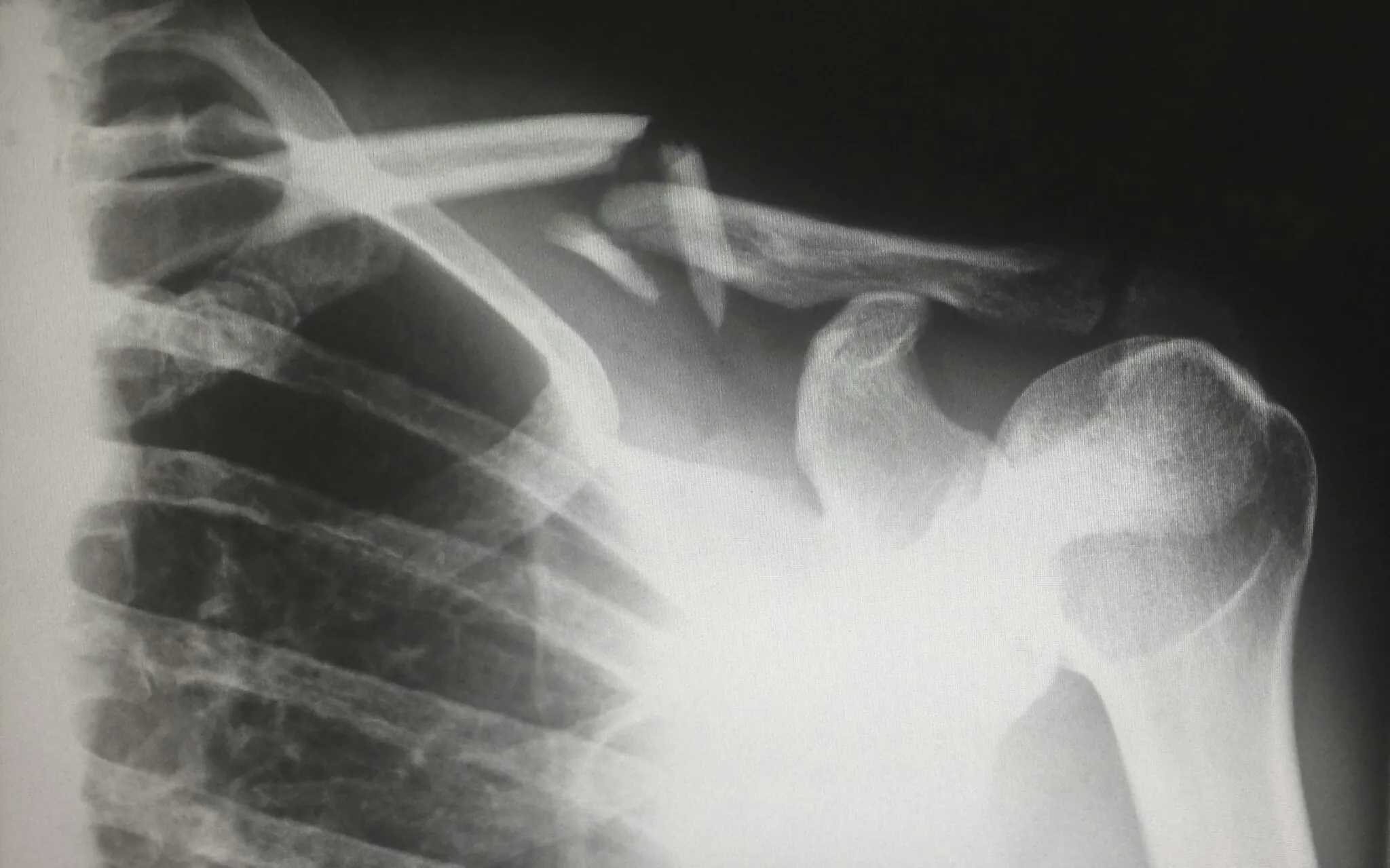AI to Assist Doctors in Detecting Fractures on X-rays
The National Institute for Health and Care Excellence (NICE) has recommended via a draft outline to use AI to detect fractures in x-rays within the National Health Service (NHS) in England urgent care settings!
What is NICE?

The National Institute for Health and Care Excellence (NICE) is an independent body that offers guidance and recommendations to enhance the quality and accessibility of healthcare services in England and Wales.
What are NICE Guidelines?
According to the NIH, “NICE guidelines make evidence-based recommendations on a wide range of topics, from preventing and managing specific conditions, improving health and managing medicines in different settings, to providing social care to adults and children, and planning broader services and interventions to improve the health of communities.”
NICE’s draft guidance serves as an initial version of a committee’s recommendations, which is released for public consultation. This process allows stakeholders and the general public to provide input and feedback on the proposed guidance before it is finalized.
NICE Draft Guidance Process
Consultation involves NICE sending draft guidance to stakeholders, including non-company commentators who can nominate experts to share their perspectives. The evaluation committee reviews evidence, stakeholder feedback, and their own findings. After consultation, stakeholders have 21 days to submit a resolution request if they have concerns. Once this process is complete, NICE distributes the final draft guidance to all relevant parties.
AI to assist doctors in detecting fractures on X-rays

The draft guidance outlines that four AI technologies—TechCare Alert, BoneView, RBfracture, and Rayvolve—will assist in identifying broken bones, though x-rays will still be reviewed by healthcare professionals. TechCare Alert is designed for use with patients of all ages, making it versatile for a wide range of individuals. BoneView and RBfracture, however, are recommended for patients aged 2 years and older. Rayvolve is intended specifically for adult patients, focusing on fracture detection for this group. These variations ensure that the appropriate AI tool can be selected based on the age of the patient being treated.
The tools could help reduce the frequency of missed fractures, which occur in 3-10% of radiograph cases. Also, according to NICE, AI will operate alongside human oversight, minimizing the risk of unnecessary fracture clinic referrals.
Mark Chapman, NICE’s HealthTech director, stated that AI might relieve some of the pressures on professionals within the industry, who face heavy workloads and staff shortages. The technology could accelerate diagnosis and minimize the need for additional follow-up appointments caused by missed fractures. Missed fractures contribute to significant healthcare costs, and considering that the vacancy rates in terms of MRI and CT scanners per capita is at 12.5% for radiologists and 15% for radiographers, something has to change. This is why the introduction of AI technology in this capacity is so promising—it has the potential to significantly improve fracture detection and patient outcomes.
Looking Forward
Public consultation on the proposal runs until November 5, with the final draft expected next year. Although the draft recommendations are still in their early stages, the potential use of AI to detect fractures on X-rays represents a significant development for the healthcare industry. We will keep you informed with any further updates as this progresses!









